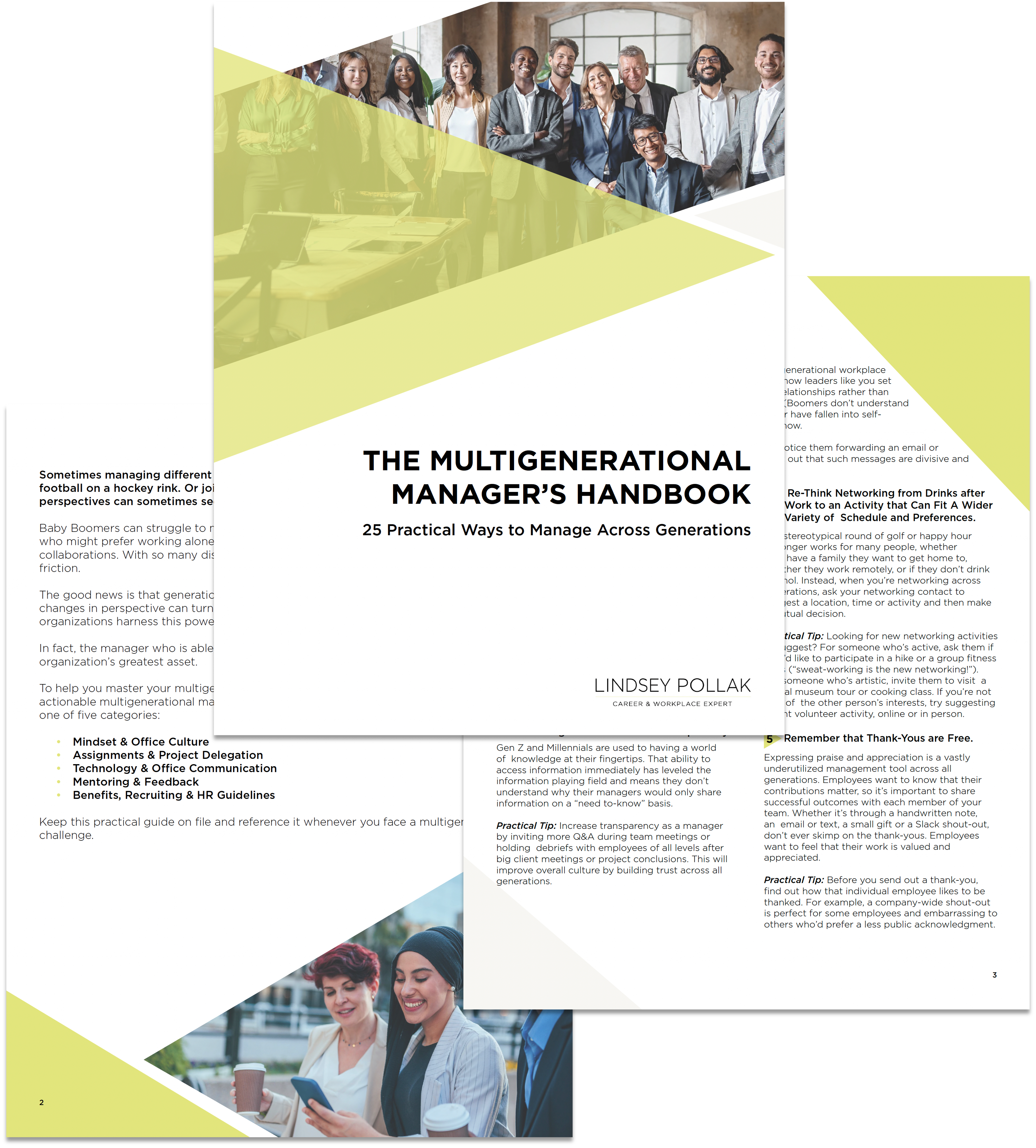With much of the United States workforce sheltering in place, many work projects have been put on hold for the foreseeable future. In response, some companies have begun offering workplace training programs to make the best use of employee time.
Many of these trainings are distributed digitally, which makes some employers fear that only Millennials and Gen Zs will take advantage of them. But is that really true? Can you satisfy the needs and preferences of all generations with virtual training?
I know from experience that you can, in fact, design training that meets the needs of all generations in your workforce. The answer comes from the world of marketing – I’m talking about multichannel distribution.
What is Multichannel Distribution?
Multichannel distribution means allowing people to consume content whenever they want and in whatever way they choose.
For example, take a look at the Oscars (my favorite TV event of the year, which is feeling sort of quaint in the wake of the current global pandemic). When I sit down to watch the Oscars, I can watch it live on TV. I can also scroll through Instagram to check out the red carpet fashion. If I don’t feel like watching live, I can always stream highlights on YouTube the next day.
Basically, I can experience the Oscars in whatever way I want, whenever I want because the show is accessible across devices and times.
How Do You Apply Multichannel Distribution to Company Training?
If your goal is to get employees to watch your training programs (or other content), you need to take an Oscars approach. In other words, you need to be agnostic about how, where and when your content will be consumed. This is how you can achieve maximum reach.
So, while you might provide a remote webinar for digitally savvy employees, you might also provide in-person training programs for those who prefer face-to-face training or just happen to have a lot of questions they’d like answered in-person.
Some of these preferences might be generational; some might not. I urge you to practice empathy and ask what training methods your employees prefer. You might even be surprised to hear that your Gen Z employees enjoy in-person lessons and seminars and it’s your Baby Boomer employees who want to learn online.
And What about the Coronavirus Shut Down?
At this point, most of us are limited to only remote options because of COVID-19 stay-at-home orders. However, even fully digital content can take advantage of multiple distribution channels.
Try using the acronym, COPE: “create once, publish everywhere.”
The idea is to create or deliver training content in one format and then repurpose it in a variety of ways.
For example, I could deliver a one-hour, live training session on generational perspectives. Some people could attend the session in real-time as it’s being presented over Zoom. I could also record the live stream so people can download it whenever they have time. I could also have an editor cut the video into five-minute sections and release those as “micro trainings.” Transcription is an option for those who prefer to read their content. Finally, I could use clips and excerpt clips in an email to remind employees to access the full presentation.
The point of multichannel distribution is to create a more inclusive work environment. Especially in a time of upheaval and uncertainty, you want your employees to feel heard, welcome and supported.
Speaking of multichannel distribution, I tackle this same issue in Episode 10 of The Work Remix podcast. Click here to stream the episode from Apple Podcasts.
